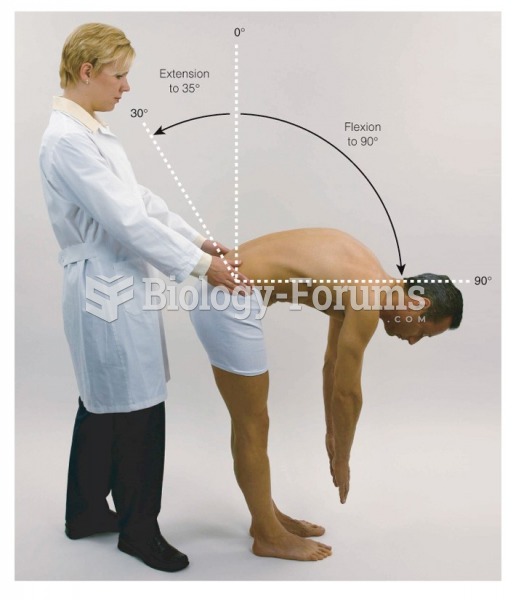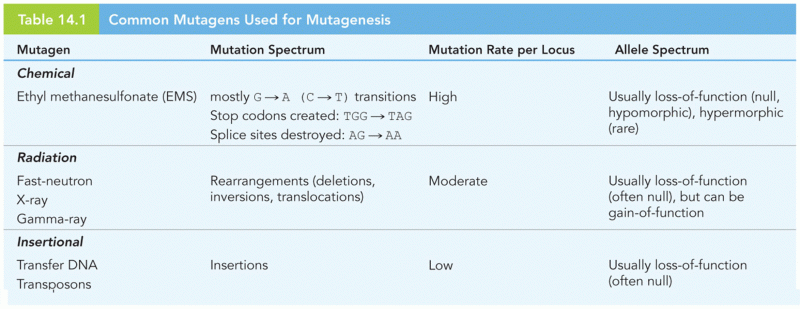Answer to Question 1
Answer: Contingent workers are those who do not have an implicit or explicit contract for ongoing employment. Persons who do not expect to continue in their jobs for such personal reasons as retirement or returning to school are not considered contingent workers, provided that they would have the option of continuing in the job were it not for these reasons. Given the slowly recovering job market since the economic downturn ended in 2009, the prevalence of contingent workers in companies is noteworthy. Contingent workers are the human equivalents of just-in-time inventory. These disposable workers permit maximum flexibility for the employer and lower labor costs. Historically, contingent workers have been called the bookends of recessions. They are the first to go when a recession begins and the last to be recalled when the economy gets better. However, toward the end of the recent recession, many companies were reversing this trend and following the strategy of holding off on the hiring of regular full-time employees and choosing instead to use contingent workers. Companies are now using contingent workers as a continuing strategy in both good and bad times. The latest recession caused companies to rethink the way work gets done. This brought a refocus on the use of contingent workers, who can be added or cut as demand requires. In fact, the pace of contingent job growth suggests a shift toward more use of temporary labor at the expense of permanent jobs. A recent study found that high-performing organizations have increased their use of contingent workers from traditional administrative positions to technical support, operations, and high-skilled professional positions, including engineering, legal, and finance. If the use of contingent workers is indeed the trend, the manner that human resource is practiced will experience considerable change.
Difficulty: Challenging
Answer to Question 2
A







